Blog

September 20th, 2024
CentrifugesIn the realm of laboratory equipment, even the smallest components can significantly impact experimental outcomes. One such crucial component is the pipette tip. Often overlooked, the type of pipette tip used can influence the accuracy, precision and integrity of experimental results. Among the choices available, two main types stand out: Ordinary and Filtered pipette tips. Understanding their differences and when to use each is essential for any researcher striving for reliable and reproducible data.
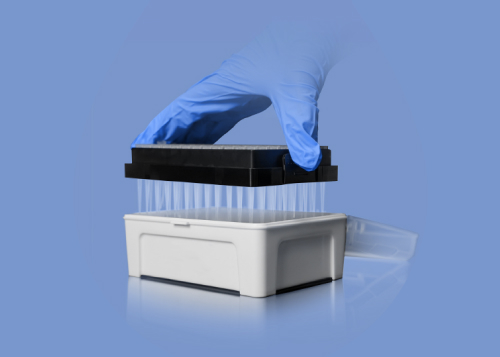
Ordinary pipette tips, as the name suggests, are straightforward in design and function. They are typically made of high-quality polypropylene and are available in various sizes to fit different pipette models. These tips are most commonly used for routine liquid handling tasks where the sample does not require protection from contamination by aerosols or particulates.
The design of ordinary pipette tips features a simple, open-ended structure. This design facilitates efficient pipetting of liquids without any additional barriers or filtration mechanisms. Researchers frequently use ordinary pipette tips for tasks such as aliquoting reagents, preparing samples for analysis, or conducting general laboratory procedures where the introduction of airborne contaminants is not a significant concern.
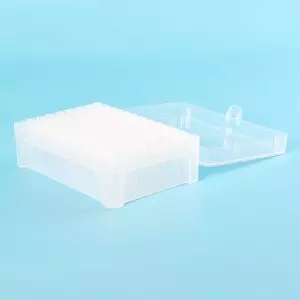
On the other hand, filtered pipette tips are specifically engineered to prevent contamination of samples and the pipette itself. These tips incorporate a filtration system typically made of hydrophobic materials such as porous polyethylene. The filter within the tip acts as a barrier, blocking aerosols, DNA, RNA, and other particulates from reaching the pipette shaft or sample during aspiration and dispensing.
Filtered pipette tips are indispensable in laboratories working with sensitive samples, such as DNA/RNA amplification, cell culture, PCR (Polymerase Chain Reaction) and other molecular biology applications. The presence of a filter ensures that the integrity of the sample remains intact, minimizing the risk of cross-contamination and preserving the accuracy of results. This is particularly critical when handling precious or irreplaceable samples where even trace contamination can compromise the entire experiment.
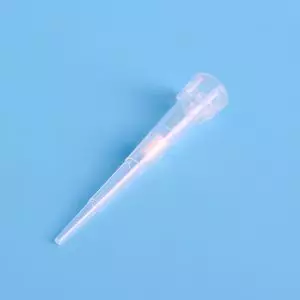
The decision between using ordinary or filtered pipette tips depends largely on the specific requirements of the experiment:
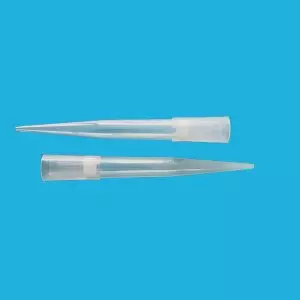
Amidst the array of pipette tips available, Plasticus Tips have emerged as a reliable choice for laboratories seeking high-performance solutions. These tips combine the durability of traditional polypropylene with innovative design features that cater to both ordinary and filtered tip needs.
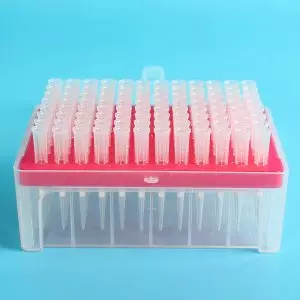
When in doubt, it is advisable to opt for filtered pipette tips, especially in experiments involving PCR, DNA/RNA manipulation, cell culture and any process where maintaining sample purity is paramount.
In conclusion, the choice between ordinary and filtered pipette tips can significantly impact the outcomes of laboratory experiments. Understanding their distinct advantages and applications is crucial for ensuring the reliability and reproducibility of scientific data. Plasticus Tips stand out in this regard, offering both durability for routine tasks and enhanced protection for sensitive samples. By integrating these tips into your laboratory workflow, you can elevate the quality of your research while maintaining optimal experimental conditions. To know more, visit our website www.plasticus.com or email us at info@plasticus.com